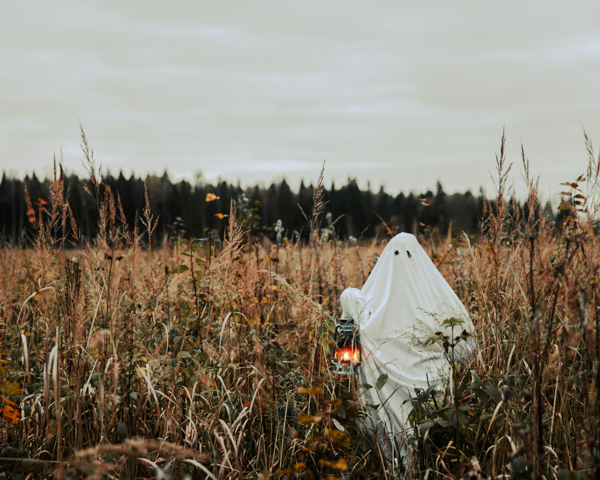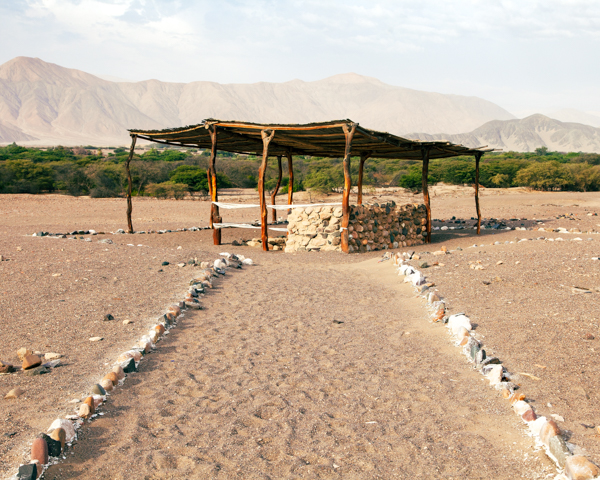Trick-or-treating and carving pumpkins are two things we all associate with Halloween. But did you know that in Austria they leave out bread and water on Halloween? Let’s explore some other unique Halloween traditions from around the world!
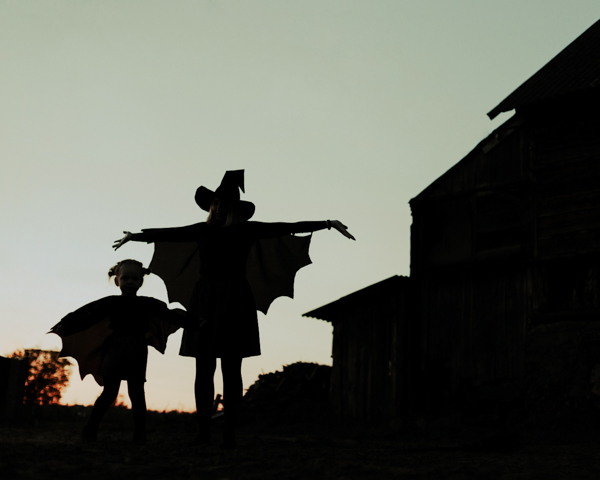
Ireland
In Ireland, Halloween is celebrated with trick-or-treating and bonfire burning, similar to many other Western cultures. But one unique tradition is baking a Barmbrack – a type of fruit cake with special cloth-wrapped ‘treats’ inside, such as rings, coins and thimbles, which are believed to have the power to predict your fortune!
China
In China, Halloween is known as Teng Chieh, the Festival (or Feast) of Hungry Ghosts, typically celebrated in August. Offerings of food and water are placed in front of photographs of deceased family members to help them on their journey to the afterlife. Lanterns and bonfires are also lit to help light the way for the deceased.
Austria
Austrians welcome back the spirits of the dead on Halloween by leaving out lights and lamps to guide them. Like the Chinese, Austrians leave out lights and lamps to help guide the dead, as well as bread and water for the spirits to eat.
Czech Republic
In the Czech Republic, Halloween is called Dusicky (or ‘All Souls’ Day) and is celebrated a couple of days after the 31st, on the 2nd. Like many other countries around the world, Dusicky is a day to celebrate the lives of loved ones who have passed away by visiting cemetery graves with candles and flowers.
Mexico
In Mexico, Halloween is known as Día de los Muertos (Day of the Dead), a vibrant three-day-long holiday filled with parades featuring skeletons and coffins, and homages to passed loved ones via the decorating of grave sites. Many Mexicans create shrines in their homes to remember loved ones, and will usually adorn the shrines with flowers, photographs and favourite foods the deceased once enjoyed.
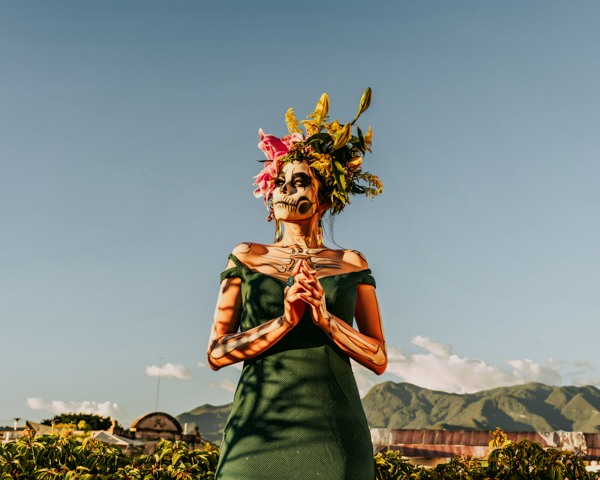
Germany
It might sound weird, but the Germans actually go about hiding knives on Halloween. Why?
Because they believe that spirits return on Halloween night and they don’t want the spirits to cut themselves on sharp knives. In addition, pumpkins and jack-o-lanterns are commonly on display on Halloween in Germany these days, and dressing up in costumes is popular too.
France
While Halloween might not be a major event across France, the charming town of Limoges in central France goes all out. Located near Clermont-Ferrand, Limoges celebrates with a spectacular parade featuring ghosts, ghouls, goblins, vampires and witches. Participants light up the night by carrying candlelit pumpkins, creating a magical and eerie atmosphere that captivates both locals and visitors.
United States
When it comes to Halloween, the US is often the first place that comes to mind. With over 172 million Americans celebrating each year, the holiday is a major event. Beyond the beloved traditions of trick-or-treating and carving jack-o-lanterns, the US has embraced another thrilling custom of street parties and festivals.
One of the most iconic celebrations is the West Hollywood Halloween Carnaval. This vibrant event features live music, a variety of food vendors, and the highlight of the night—the crowning of the Halloween Queen, often a well-known celebrity.
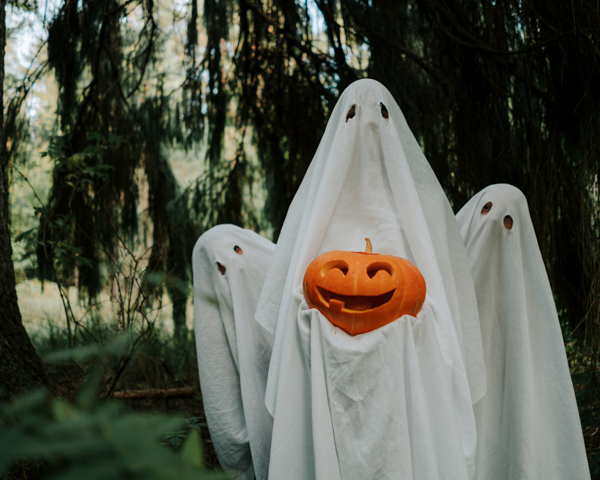
Scotland
While trick-or-treating might be an easy way to get lollies and treats, children in Scotland often sing songs or tell stories to earn their Halloween gifts, which can include both money and candy. Popular Halloween games in Scotland include ‘dookin’ or ‘donking’ for apples in a barrel of water and the challenge of biting a scone hanging from a tree while their hands are tied.


